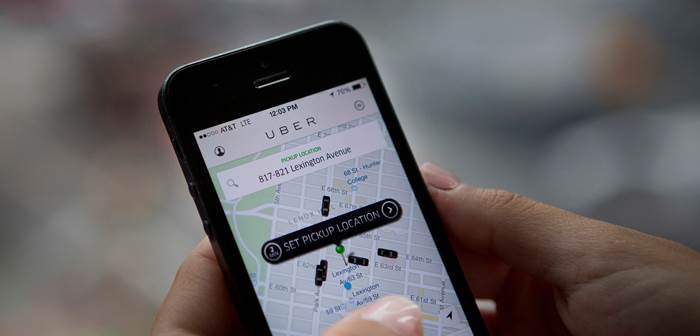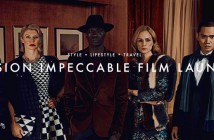Whether you have not used it since that first free journey or you rely on it every day, almost everyone has the app installed on his or her phone. But what is Uber and are they more than just a taxi app? Here I look at what the business is, what they are trying to become and how the ‘Uberification’ of services is only just getting started.
The background
Launched as UberCab in 2009 in San Francisco, Uber has now expanded into 410 cities across 60 countries worldwide. UberX, the most recognisable form of Uber we see today, was launched in 2012 and was the first time Uber could offer fares lower (around 35%) than standard taxis. The company was worth $62.5bn by the end of 2015 and is now one of the most powerful (and controversial) companies in the world and has received hundreds of millions in private investment during the last four years, notably $258m from Google Ventures. Uber has also expanded into China thanks to over a billion dollars of investment and around half of Uber’s biggest cities for rides are now in China.
More than a taxi service
Uber currently has two core brand extensions, UberCARGO and UberEATS. Cargo is for all moving and delivery needs and allows you to order a van to take any item across a city, with or without you in the van. UberEATS is their answer to Deliveroo and promises food from local restaurants delivered to where you want it within minutes. Neither is currently available in London but will no doubt be heading here soon.
Controversy
Established industries, particularly traditional urban taxi operators, have been the hardest hit by the rapid growth of Uber. Across the world, strikes, protests and appeals for government intervention have largely fallen on deaf ears as consumers inevitably gravitate to the lower pricing and greater convenience of Uber. Traditional taxi trips have fallen by over 65% in San Francisco since 2012. Uber cites several tangible benefits of their service including a reduction in drink-driving, lowering unemployment and reducing urban pollution.
Marketing Stunts and Brand Partnerships
Uber has gained a reputation for adding temporary features to the app such as Christmas tree deliveries, the option to summon an ice cream van to your office and even the chance to order a cuddly kitten to where you are.
The exciting thing for brands is that many of Uber’s stunts have been brand led, such as working with Pepsi Max on Back to the Future Day in 2015 to give users free rides in a Delorean replica in place of a normal Uber ride. They also worked with Mastercard on Valentine’s Day in 2014 for UberSKY which allowed you to write a customised message in the sky for the one you love.
Uberification
Uber positions itself as a technology company that merely connects those providing a service, such as rides in a taxi with those who need it. Industry experts now talk about the Uber of X where X can be any service required at that moment. Apps for lawn mowing, dog walking and Doctors are already doing well and countless more exist or are on the way.
Where will the Uberification of services end? Will we soon be able to summon media planning expertise at the touch of a button?




